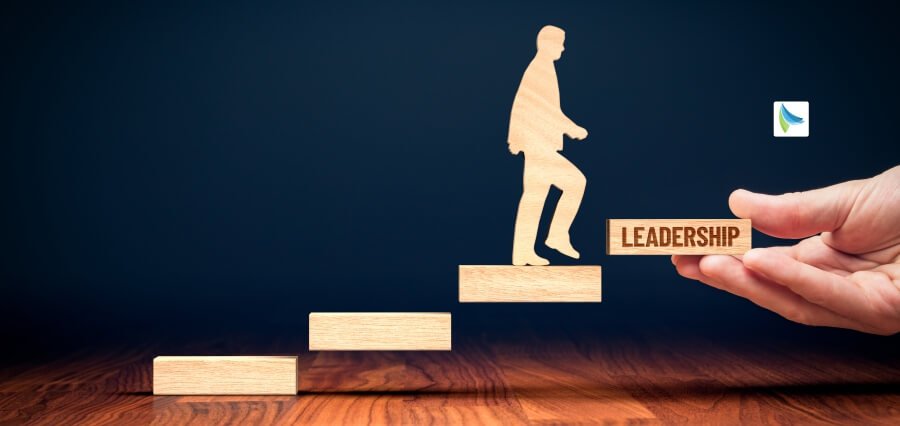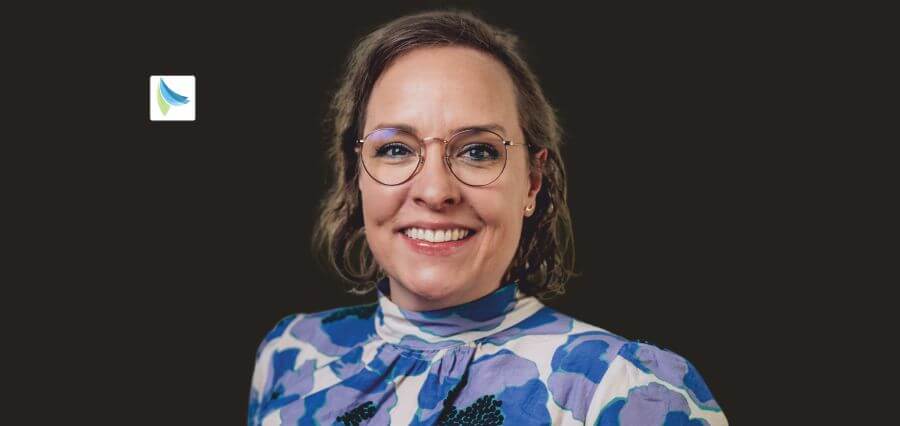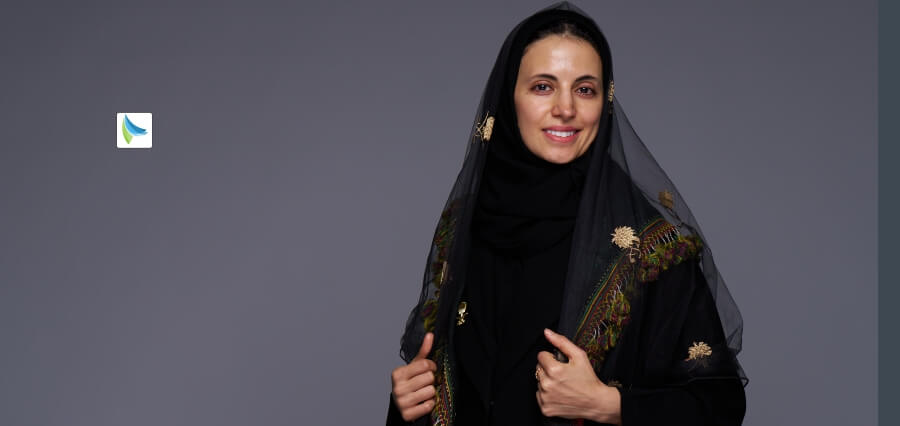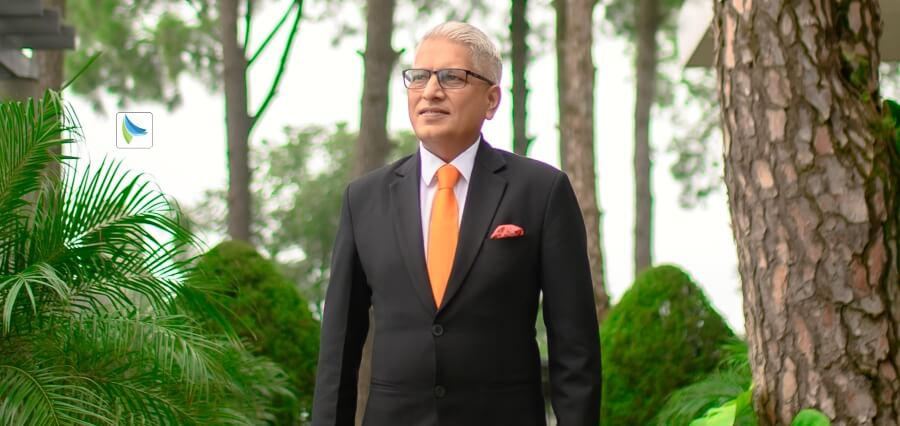As the world races against time to meet net-zero goals by 2050, the need for effective carbon removal technologies has never been more critical. SeaO2 is emerging as a pioneering force in this urgent mission, leveraging electrochemistry to offer an innovative and scalable solution to CO₂ removal. Rather than relying on traditional methods, the company is tapping into the natural power of the ocean to capture carbon at a massive scale—transforming one of Earth’s most abundant resources into a key ally in combating climate change.
As the driving force behind this transformative project stands Phebe van Langevelde who currently serves as R&D Engineer at SeaO2. As an academic research-trained company, SeaO2 advances technology that extracts CO₂ from seawater by using only electricity and seawater while maintaining a sustainable and cost-efficient structure. Global climate goals align with this process, and it demonstrates potential scalability while maintaining practicality and environmental friendliness through carbon removal.
Let’s dive into the interview to explore SeaO2’s groundbreaking approach to CO₂ capture and electrochemical innovation!
Can you tell us about your company’s journey and how it became a leader in electrochemistry innovation?
SeaO2 was founded in 2021 by Ruben Brands, Rose Sharifian and David Vermaas. Rose’s PhD work, supervised by David, focused on electrochemical Direct Ocean Capture (DOC) technology and laid the foundation for the start of SeaO2. Hence, SeaO2 is a spin-off from Delft University of Technology and Wetsus, the European centre of excellence for sustainable water technology. Rose and David later partnered with Ruben, who has a background in Business and Law, and together they founded SeaO2.
Over the years SeaO2 has expanded to a team of 15 and has reached TRL 5, almost 6. Our technology has been demonstrated at a laboratory scale, and we are currently commissioning a container sized module, which is designed to remove 25 tons of CO2 annually.
SeaO2 is a great example of the rapidly developing sector of electrochemical technologies. At the heart of SeaO2’s process is the electrochemical production of acid and base from seawater through a bipolar membrane electrodialysis setup. Unlike electrolysis processes used for the production of chemicals like hydrogen or CO2-based fuels, we use the electrochemically produced acid to shift the carbonate equilibrium in seawater, enabling the extraction of gaseous CO2. Once the CO2 is extracted, we return the decarbonised seawater to the ocean, where it will re-absorb CO2 from the atmosphere. We only use electricity and seawater, we don’t add any chemicals or heat in our process.
What inspired the founding of your company, and what key challenges did you overcome to reach where you are today?
SeaO2 was founded to develop a solution to tackle the urgent challenge of achieving Net Zero by 2050, a crucial step to limit global warming to 1.5 ºC. The IPCC predicts that, even if carbon emissions are drastically reduced, still a significant amount of CO2 of at least 10 gigatons per year will be emitted. To address this, carbon dioxide removal (CDR) technologies must be developed to capture emissions from hard-to-abate sectors.
At SeaO2, we believe that the vast scale of the oceans offers the best solution to capture CO2 at a gigaton scale. Our oceans cover 71% of the earth’s surface, making them absorb a large portion of our CO2 emissions, around 33%. Moreover, the CO2 concentration in seawater is approximately 150x larger than in air, which is why we believe it’s more energy efficient to leverage the ocean’s natural carbon removal power to capture CO2 than from air.
One of the key challenges that we have overcome at SeaO2 involves the scaling of our ocean-based CO₂ removal technology from lab to pilot while improving the energy efficiency and system stability in real-world conditions. The development of a robust MRV (Measurement, Reporting & Verification) framework to ensure transparency, accuracy, and credibility of carbon removal claims is a challenging process that is still ongoing. Furthermore, we have worked hard to secure our early market traction and investor confidence, despite operating in a novel and emerging carbon removal category.
What groundbreaking technologies or products is your company developing that set it apart in the electrochemistry space?
Our DOC process is revolutionary because it only uses electricity, generated from renewable sources, and seawater, without the use of any additional heat or chemicals. This makes our technology both cost-effective and scalable, setting us apart from other carbon capture technologies. Furthermore, few companies are currently working on electrochemical CDR technologies in general, which makes SeaO2 quite unique in the electrochemistry space.
How does your company integrate sustainability and eco-friendly practices into its research and development?
Sustainability is, of course, at the core of our technology, as CO2 capture directly contributes to combating climate change. Additionally, since we are using seawater, we are committed to ensuring our process has the lowest possible environmental impact. In this regard, our monitoring, reporting and verification (MRV) process is essential. Since DOC is a relatively new process, we are working on relevant research towards environmental impact in collaboration with renowned research institutes.
How do you see the future of electrochemistry evolving, and what role does your company play in shaping that future?
While various new, interesting electrochemistry technologies are developing, the key challenge is scale. For electrochemical technologies to make a meaningful impact on climate change, the scale of all processes should drastically increase, while not compromising on energy efficiency. Although electrochemistry companies are developing different technologies and approaches, this is a universal challenge within the field, also for SeaO2.
What industries or sectors are benefiting the most from your innovations, and how are you making an impact?
A significant way in which we are making an impact at SeaO2 and other sectors are benefitting from our innovation is the versatility of our business model. Firstly, we sell carbon credits to companies to offset their emissions. Second, we extract CO₂ from the ocean and sell it to companies that need (green) CO₂, like for the production of sustainable aviation fuels or green methanol, to achieve net-zero emissions in aviation and shipping. Lastly, we are also planning to sell our technology through a license so that other companies can extract CO₂ from the ocean themselves. In these three manners, SeaO2 will make a big impact across multiple sectors.
What advice would you give to startups and researchers looking to innovate in electrochemistry?
Think beyond the conventional areas like hydrogen production. There is so much that can be powered through electrochemistry, and more innovative developments are needed to electrify our future society.
What’s next for your company? Can you share any upcoming projects or collaborations we should be excited about?
Exciting times are ahead for SeaO2! SeaO2 secured its first major round of funding last October, allowing us to scale up our operations. Our ultimate goal is to remove at least 1 megaton of CO2 from the ocean by 2030 and reach gigaton levels by 2045. Currently we are commissioning our container module, which will remove 25 tons of CO2 annually. Later this year we start the construction of a 250-ton plant. Furthermore, we will launch a series-A funding round to further expand our technology. There are some interesting collaborations ahead focussing on the usage of our CO2. For instance, we recently partnered with Transavia Ventures to see how our captured CO2 can be used in the production of sustainable aviation fuels, and Transavia is investing in SeaO2 as well.
Read Also : Bridging the Gap: The Future of Education in Developing Countries
















